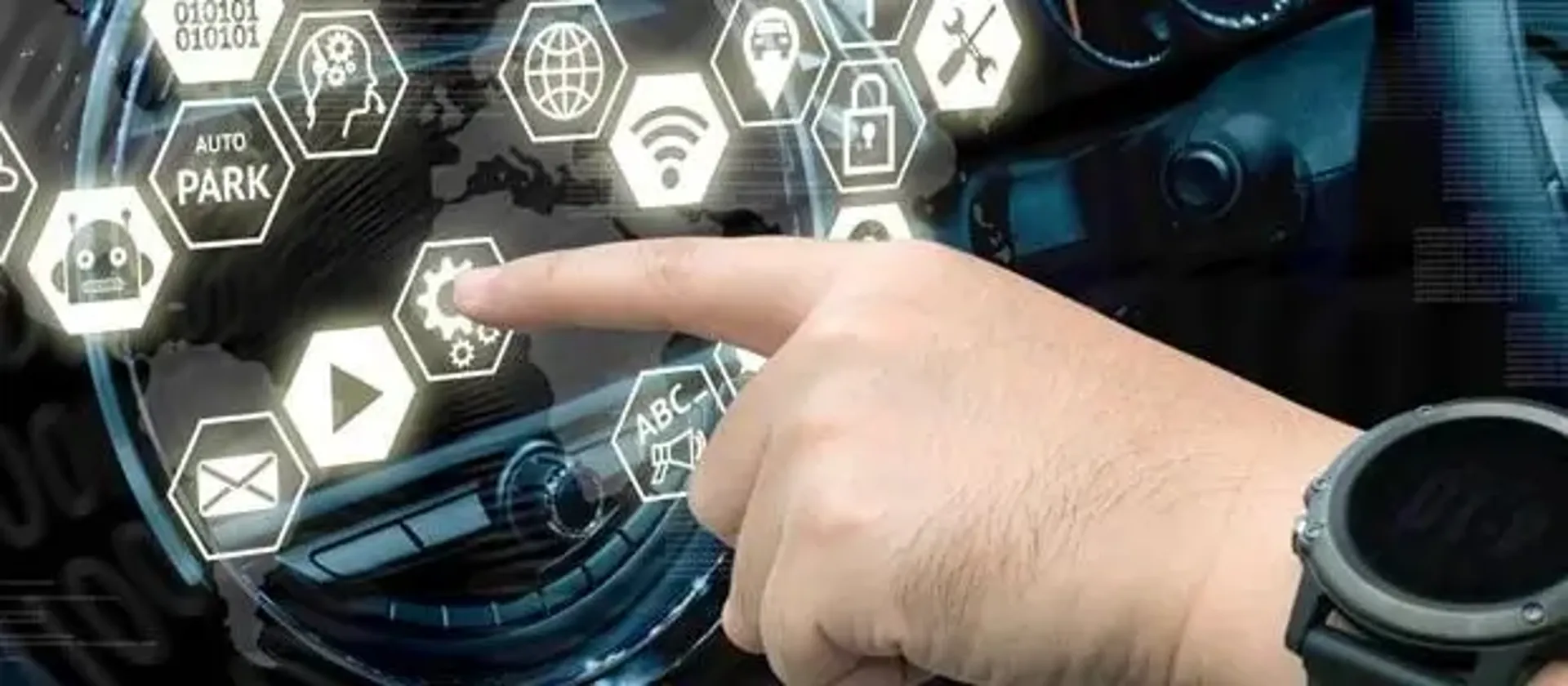
16/01/2018
It can be hard to predict the future, but we’ve decided to take a look at what future of vehicle technology could have in store for your fleet.
The next 2 years:
Everyday technology has become more and more advanced. Things like lane assistance and pre-emptive braking have become standard features on many cars. But while it may be safe with a driver in control, how will the technology fair without a driver behind the wheel? The success of Elon Musk’s Tesla with its smart ‘Autopilot’ feature has prompted a raft of traditional car manufacturers to get involved with the technology. Autonomous cars – where we push an engine on button and simply enter our destination – seem a long way from 2018, but how far? For the minute we will rely on the more advanced driver assistant tech.
The future looks connected. Features like Google Android Auto and Apple CarPlay will become the mainstay of many vehicles. The connected apps we rely on when using our smartphones will become the connected apps we rely on behind the wheel.
The next 5 years:
Autonomous should really begin to become more prevalent on our roads. By 2021 we should see the first production self-driving car for sale – a projection shared by Tesla’s Elon Musk, Google and Ford amongst others.
More advanced driver-assisted vehicles will also be hitting the market along with vehicles with improved connectivity. There are even plans afoot for vehicle-to-vehicle communication, so all our driverless cars can talk to one another.
Ten years and beyond:
We’ll see vehicles with the ability to drive and compute independently of their drivers. Maybe even communication through the ‘cloud’. Cars will sense one another through smarty cameras and advanced radar systems – even picking out which cars are still being driven in the traditional sense. Perhaps we’ll see a fully autonomous road system, with special lanes on motorways for autonomous cars. While the future is hard to predict – it’s up to us to drive it.
What technological advancements do you think we’ll see in the future? Join in the discussion on LinkedIn and Twitter.


